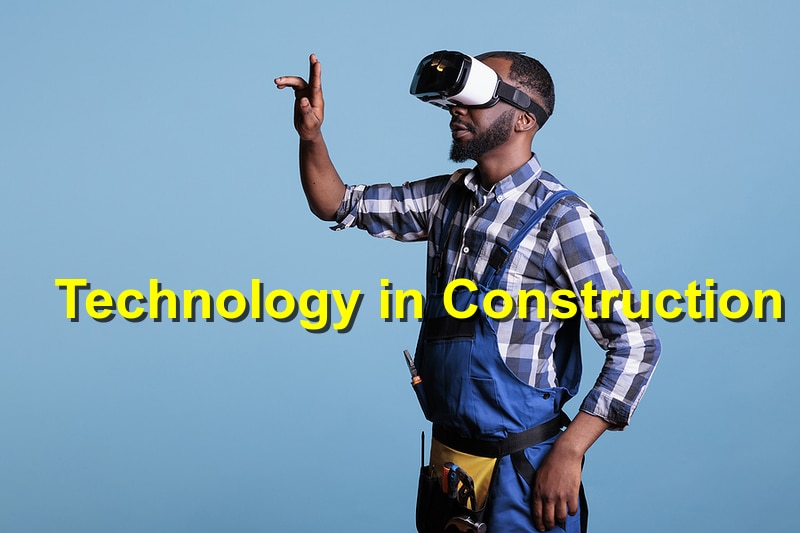There’s no denying that technology has had a transformative effect on the construction industry, from design and planning to building and maintenance. Some of the key ways in which technology is impacting modern construction include:
Building Information Modeling (BIM)
Building Information Modeling (BIM) is a digital representation of a building’s physical and functional characteristics. It is a process that uses 3D modeling software to create a virtual model of a building that contains all the necessary information about the design, construction, and maintenance of the building. BIM allows for greater collaboration and coordination among designers, engineers, and builders, leading to more efficient and cost-effective construction. With BIM, all stakeholders in a construction project can access and update the same digital model, which contains information about the design, materials, systems, and performance of the building. This allows for better communication and coordination among all parties, reducing errors and increasing efficiency.
Additionally, BIM allows architects, engineers, and contractors to simulate and analyze the building’s performance and energy efficiency and identify potential problems before they occur. This can lead to cost savings and increased sustainability. BIM also helps to improve the safety and quality of the building during the construction process and in the future. BIM is becoming more and more popular in the construction industry and is expected to continue to be adopted in many countries as a standard for construction projects, it also helps to improve collaboration and information sharing among different countries and cultures.
3D Printing
3D printing, also known as additive manufacturing, is a technology that uses a digital model to create physical objects by laying down successive layers of material. In construction, 3D printing is used to create building components such as walls, floors, and roofs, as well as complete buildings. One of the main advantages of 3D printing in construction is its ability to speed up the building process and reduce costs. 3D printers can create complex shapes and geometries that would be difficult or impossible to produce using traditional construction methods and can also create precise, accurate, and complex components quickly with less lab.
3D printing allows for greater design freedom, as the digital model can be easily modified and customized. Additionally, 3D printing can be used to produce building components that are stronger, more durable, and more energy-efficient than those produced using traditional methods. Another benefit of 3D printing in construction is its ability to create buildings in remote or hard-to-reach areas, such as disaster zones or other areas where traditional building methods are difficult or impossible to use.
Drones and Robotics
Drones and robotics are being used in the construction industry to improve efficiency, safety, and accuracy in a variety of tasks. Drones are used for surveying, mapping, and inspecting construction sites, providing detailed information on the terrain, layout, and progress of the project. They are also used to inspect buildings and structures, providing an efficient and safe way to access hard-to-reach areas. Drones equipped with cameras can also be used to capture high-resolution images and videos of the construction site, which can be used to document progress and identify potential issues. Robotics, on the other hand, is being used to perform various tasks such as bricklaying, welding, painting, and heavy lifting. Robotic technology can improve the speed, accuracy, and safety of these tasks, as well as reduce labor costs. They also can work in hazardous or challenging environments, such as extreme heights, or in spaces with limited access, which would be dangerous for human workers.
Additionally, with the advancements of technologies like artificial intelligence, machine learning, and computer vision, the construction industry is developing new robotic systems that can learn and adapt to new tasks, making them more efficient and effective.
Virtual and Augmented Reality
These technologies are being used to create virtual walkthroughs of buildings, allowing architects and builders to visualize and test designs before construction begins.
Internet of Things (IoT) and Sensors
IoT devices and sensors can be used to monitor the performance and energy efficiency of buildings, as well as to predict and prevent maintenance issues.
Overall, technology is helping the construction industry to become more efficient, sustainable, and cost-effective. It’s also helping to improve the safety of construction sites and the quality of the final product.
References: Rhumbix, DeviceMagic




